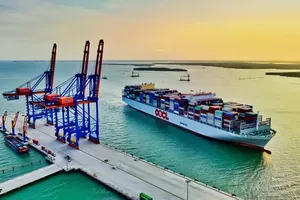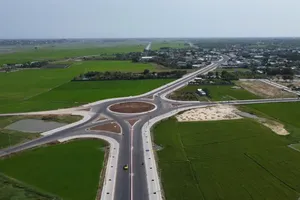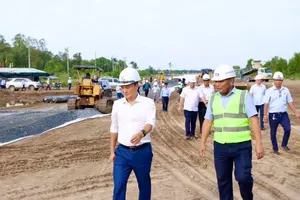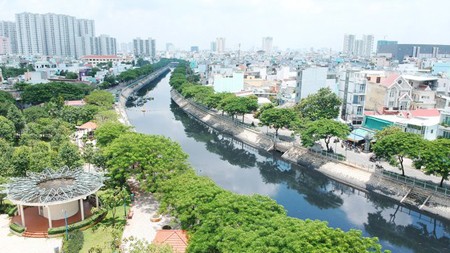
Ms. Le Thi Mai, a resident in Alley No.4 of Nguyen Tat Thanh Street in District 4 – a hot spot of land pollution, commented that there used to be a spontaneous open landfill in the alley, which severely affected the health of the neighborhood. After the introduction of Directive No.19-CT/TU, that landfill was completely gone, replaced by a beautiful romantic flower park for people to enjoy fresh air and relax.
A similar case happens in Phan Van Han Canal (sited in Binh Thanh District). Formerly, it was the place filled with waste and harmful insects. After much improvement done by the local authorities, it has become more environmentally friendly, ensuring the public health.
Other spontaneous open landfills throughout the city, especially those along Tan Hoa – Lo Gom Canal and Nhieu Loc – Thi Nghe Canal, have gradually been replaced with lovely flower gardens or parks, becoming an ideal place for children to play and adults to relax after a hard working day.
Also, the 10,000-billion-VND project to renovate Nguyen Huu Canh and alleviate urban flooding has come to the final stage, expecting to offer a healthier environment for citizens.
Simultaneously, to process about 9,000 tonnes of household waste a day, the municipal authorities have decided to invest in technology upgrades (turning waste into energy via combustion). Some successful examples of this are Vietstar Jsc. and Tam Sinh Nghia Investment – Development Jsc., which can each operate 2,000 tonnes of waste per day.
The sanitary waste burying technology applied by Vietnam Waste Solutions (VWS) in Da Phuoc Integrated Waste Management Facility is to be upgraded in the near future with a capacity of 2,000 tonnes of waste a day.
Statistics from the HCMC Department of Natural Resources and Environment reveal that in the time of Directive No.19, the local authorities have been able to encourage 94.2 percent of families in the city to sign an agreement not to litter illegally. A system to receive and handle feedback from citizens was launched to respond to 99.3 percent of all reports submitted.
The city has installed 37,400 new public waste bins, changed 797 out of 824 pollution hot spots to beautiful gardens, set up 31,320 surveillance cameras to monitor the sanitary status in several residential areas.
To turn HCMC into an eco-friendlier place, its People’s Committee has already directed related industries and departments to use the Public Private Partnership (PPP) method in order to select new investors for more solid household waste processing. It is planned that in 2025, 80 percent of this processing will employ advanced technologies, leaving only 20 percent for burying.
The task of handling industrial and dangerous waste also attracts much attention of the city’s leaders. In particular, a construction project of Moc An Chau Logistics Corporation for a waste processing plant with a capacity of 500 tonnes per day has been launched to share the responsibility with Tasco Cu Chi Environmental Jsc., which is now able to handle around 620 tonnes a day.
Director of the HCMC Department of Natural Resources and Environment Nguyen Toan Thang stated that from 2020-2025, the city aims at having a standard sewage processing system in all industrial parks located here. These parks must install an automatic monitoring system for sewage treatment that can send necessary information to state environmental administration units. All businesses sited in these parks must be able to handle both sewage and exhaust fumes effectively, with 20 percent of solid waste being burying sanitarily.
To cope with climate change and disaster prevention, the city establishes the goal to have 100 percent of households in HCMC use clean water and 100 percent of state offices as well as families in the city informed about upcoming disasters.
In order to fulfill this goal, training sessions are to be held to upgrade the level of the current human resources while facilities are to be upgraded properly.
Meanwhile, public administration procedures must be reformed and IT should be more widely implemented in management tasks of the municipal authorities; the database about natural resources, environment, water use, sea and island resources, and minerals must be quickly finished to provide information to those in need.
Also, permits to exploit water resources and to treat sewage must be focused, with sufficient monitoring from the authorities on law enforcement regarding these fields.
The city is planning to establish an online public service system for level-3 procedures in the natural resources-environment field, to launch a project to monitor solid waste transport vehicles in HCMC.
The HCMC Department of Natural Resources and Environment will promote research and registration of the two public investment projects in the smart city main project, namely ‘Improving the Capacity of Creating and Managing the Digital Transformation System for the Storage’ of the HCMC Office of Land Registration and ‘Integrated System to Handle Administration Procedures as to Land Matter’.
At the same time, the inspection task on resource exploitation and environment protection must be carried out, especially regarding water resources and sewage release into Dong Nai River.
Private financial resources from the society are encouraged to participate in environment quality enhancement while the state budget should be more wisely allocated for environment-related tasks.
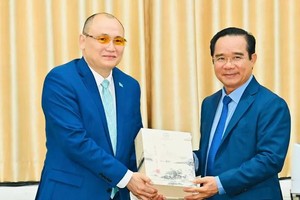


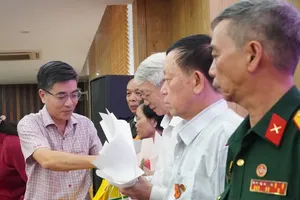
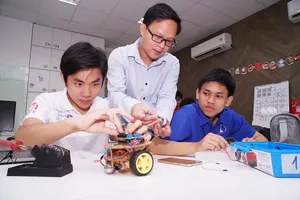
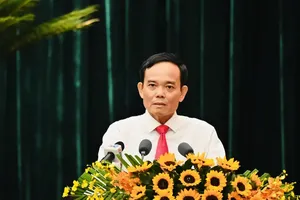
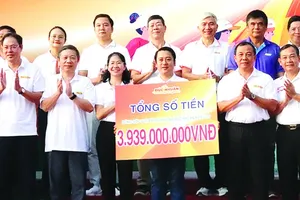
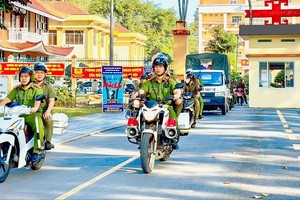
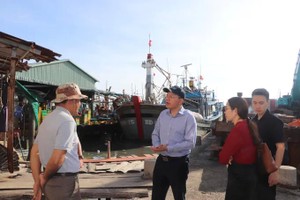
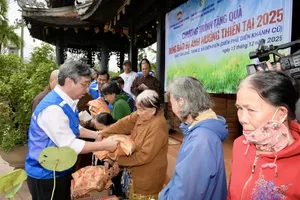

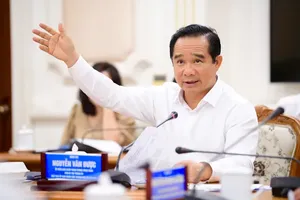
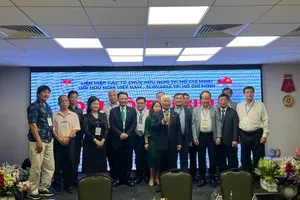

)
